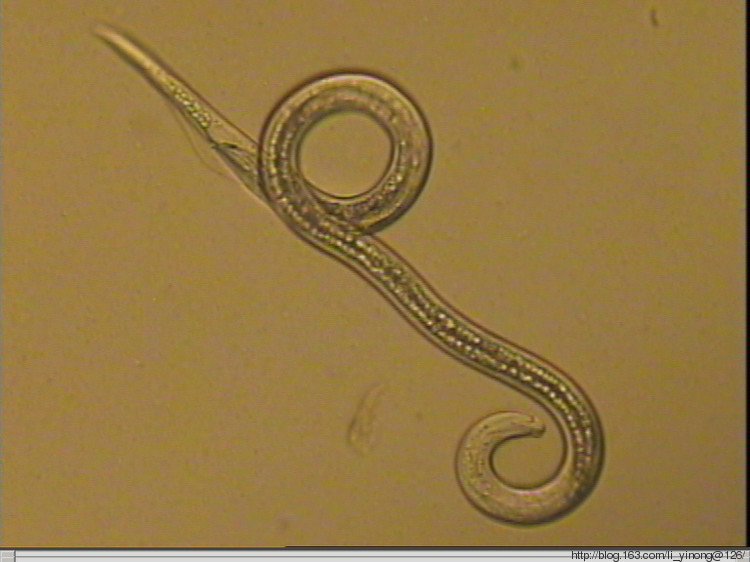PNAS:德国科学家找到一种化合物可以束缚并杀死香蕉穿孔线虫
德国马克斯•普朗克化学生态学研究所一项研究发现,为了应对减少全世界香蕉产量的香蕉穿孔线虫(Radopholus similis)的攻击,香蕉栽培品种制造出了束缚并杀死这种线虫的化合物,这一发现可能帮助开发控制害虫的药物并且在香蕉生产中停止使用有毒的杀线虫剂。相关文章发表于2013年12月09日的《PNAS》杂志上。

PNAS:德国科学家找到一种化合物可以束缚并杀死香蕉穿孔线虫
Dirk Hoelscher及其同事研究了香蕉穿孔线虫与容易感染线虫的香蕉栽培品种Grande Naine (GN)以及抗线虫的香蕉栽培品种Yangambi km5 (Ykm5)的相互作用。这组作者解剖了GN和Ykm5根部的香蕉穿孔线虫损伤,分析了被感染的根材料的化学成分。
这组作者报告说,与GN根部的损伤相比,Ykm5根部的损伤更小,而且在体外实验中能束缚并杀死香蕉穿孔线虫的化合物的浓度更高。此外,这种抗线虫化合物仅仅出现在线虫感染的损伤部位,而没有出现在健康的植物组织中。
这组作者还观察到了anigorufone这种在Ykm5的损伤部位最丰富而且最具活性的抗线虫化合物在体外实验中被香蕉穿孔线虫吸收。这组作者说,这些发现提示在线虫感染的组织中的高浓度的抗线虫化合物可能是Ykm5植株抗香蕉穿孔线虫的基础。
原文摘要:
Phenalenone-type phytoalexins mediate resistance of banana plants (Musa spp.) to the burrowing nematode Radopholus similis
Dirk Hölscher, Suganthagunthalam Dhakshinamoorthy, Theodore Alexandrov,Michael Becker, Tom Bretschneider, Andreas Buerkert, Anna C. Crecelius, Dirk De Waele,Annemie Elsen, David G. Heckel, Heike Heklau, Christian Hertweck, Marco Kai, Katrin Knop,Christoph Krafft, Ravi K. Maddula, Christian Matthäus, Jürgen Popp, Bernd Schneider,Ulrich S. Schubert, Richard A. Sikora, Aleš Svatoš and Rony L. Swennen
The global yield of bananas—one of the most important food crops—is severely hampered by parasites, such as nematodes, which cause yield losses up to 75%. Plant–nematode interactions of two banana cultivars differing in susceptibility to Radopholus similis were investigated by combining the conventional and spatially resolved analytical techniques 1H NMR spectroscopy, matrix-free UV-laser desorption/ionization mass spectrometric imaging, and Raman microspectroscopy. This innovative combination of analytical techniques was applied to isolate, identify, and locate the banana-specific type of phytoalexins, phenylphenalenones, in the R. similis-caused lesions of the plants. The striking antinematode activity of the phenylphenalenone anigorufone, its ingestion by the nematode, and its subsequent localization in lipid droplets within the nematode is reported. The importance of varying local concentrations of these specialized metabolites in infected plant tissues, their involvement in the plant’s defense system, and derived strategies for improving banana resistance are highlighted.

